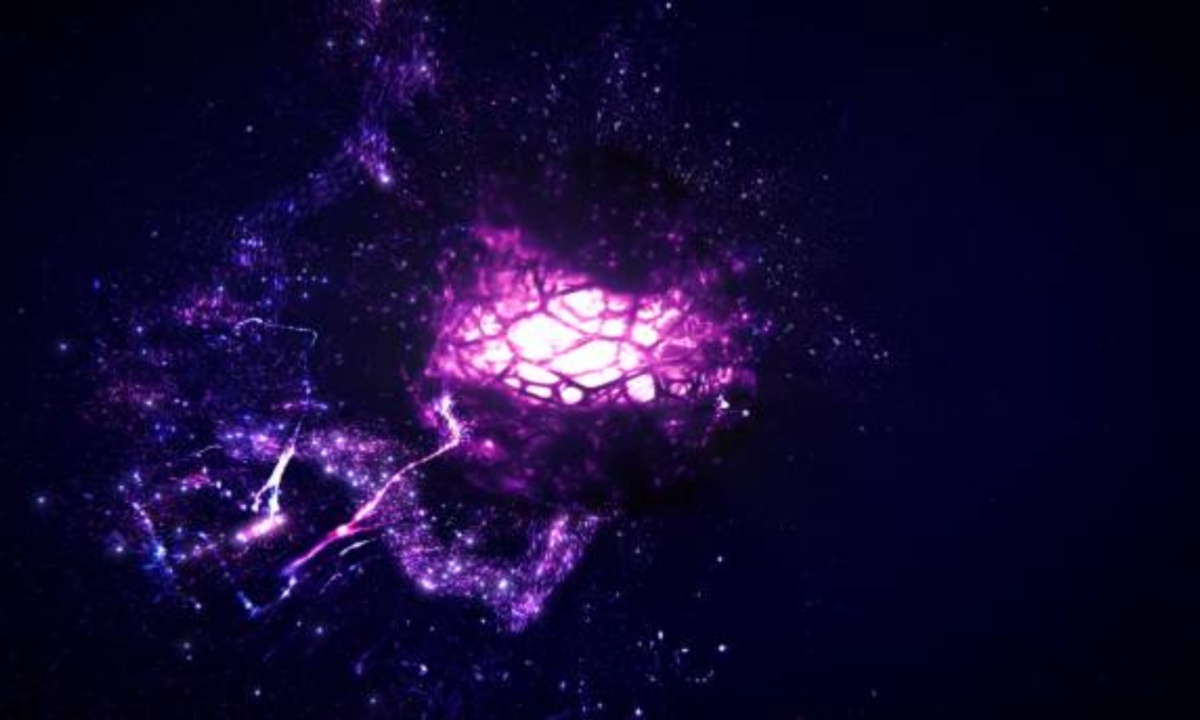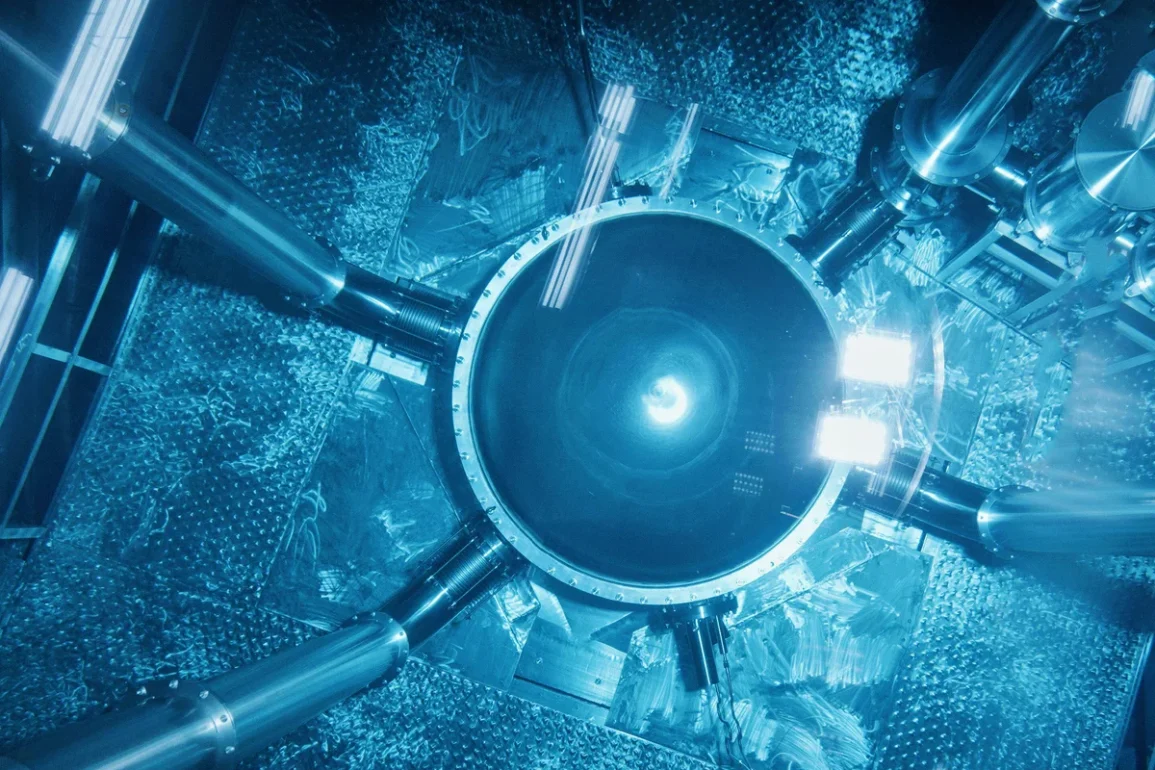Neutrinos, which are among the most abundant particles in the universe, are small, chargeless, and nearly massless subatomic particles. Despite their abundance, they interact very weakly with matter, making them difficult to detect. Their mass is so tiny that even an electron is six million times heavier than a neutrino, and because they barely interact with matter, they can pass through solid objects unnoticed, earning them the nickname “ghost particles.”
The elusive nature of neutrinos makes them a significant subject of study in particle physics. Due to their weak interactions, they travel through space and matter virtually undisturbed, making it challenging to observe them directly. Their behavior contrasts with most other subatomic particles, which typically interact more strongly with their environment.

In a groundbreaking discovery, two dark matter experiments, XENON and PandaX, have detected a “neutrino fog”—a dense cloud of neutrinos. These experiments, one in Italy and the other in China are both focused on detecting dark matter, which has so far eluded direct observation. The detection of neutrino fog is a significant step in understanding these particles and their role in the universe.
This discovery marks the first time astrophysical neutrinos have been measured within a dark matter experiment. According to Fei Gao, a scientist from the XENON experiment, this achievement opens new doors for studying neutrinos in the context of dark matter research, potentially offering insights into both these mysterious phenomena.

